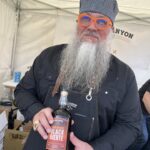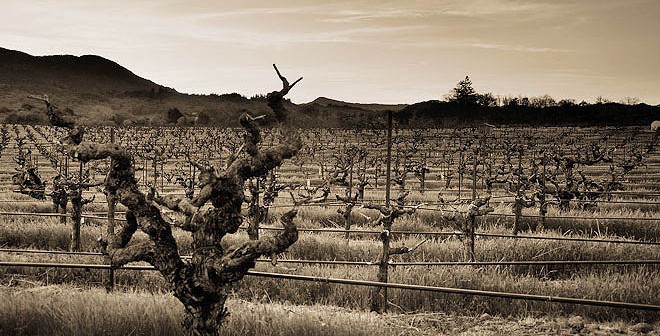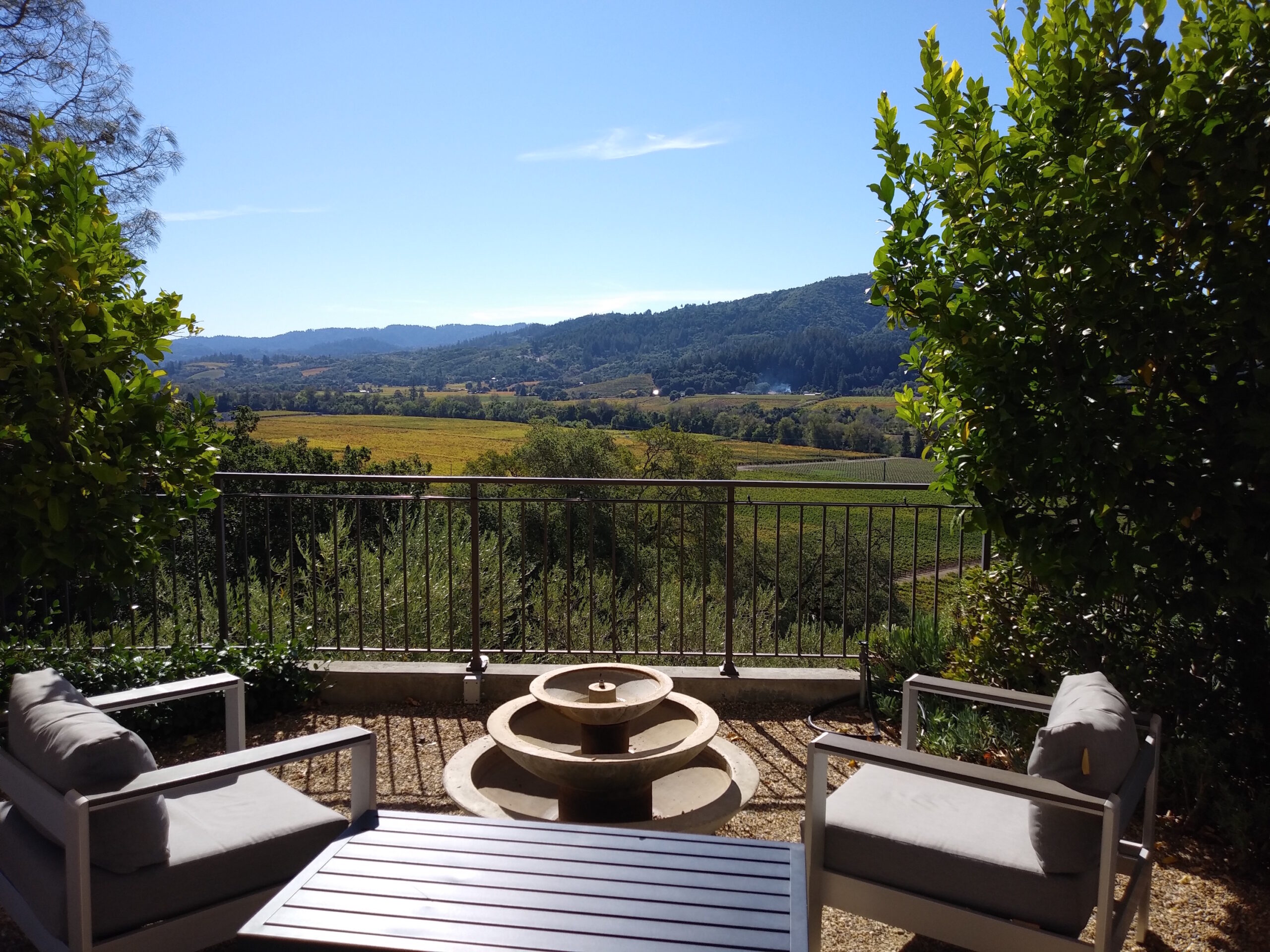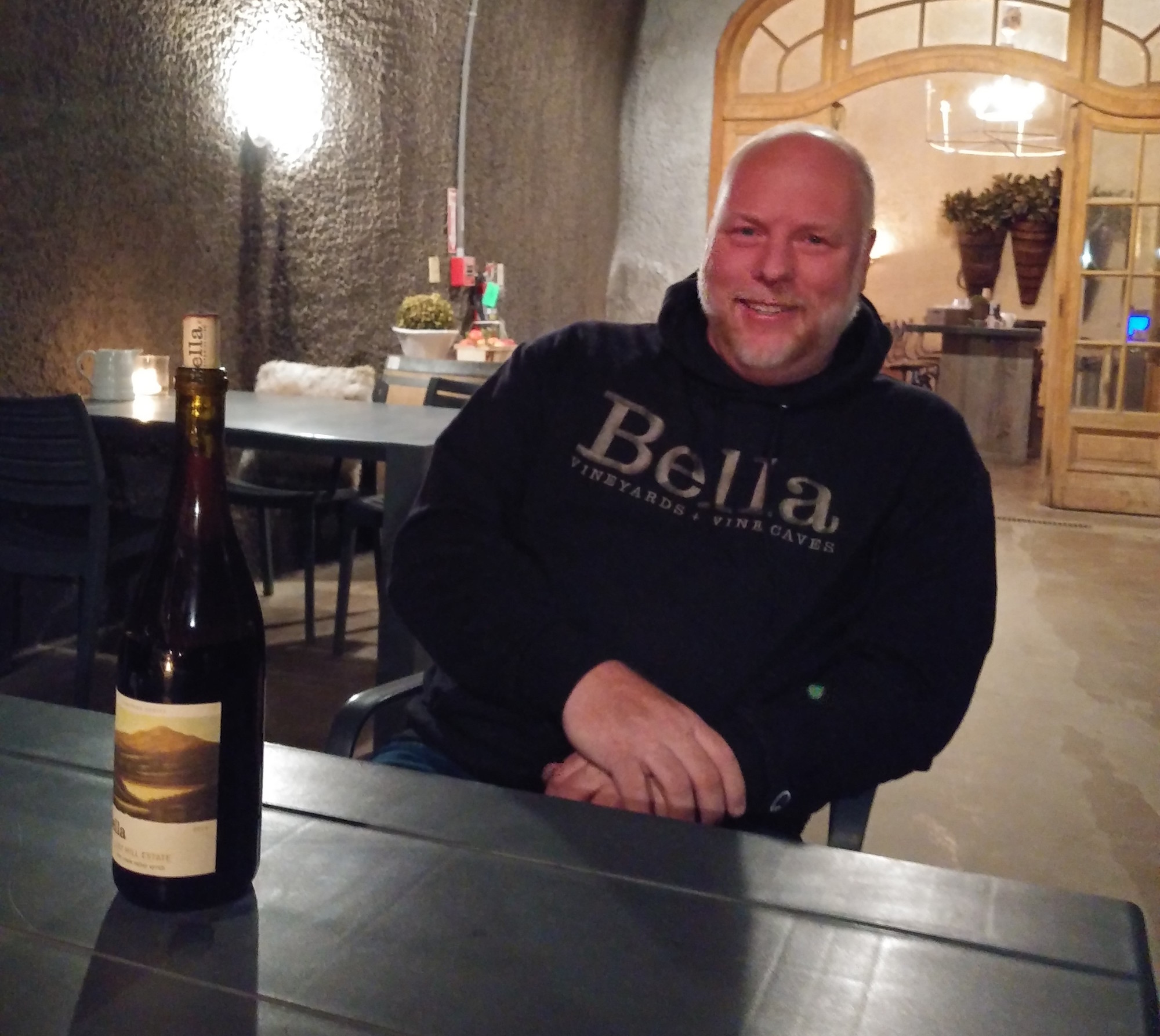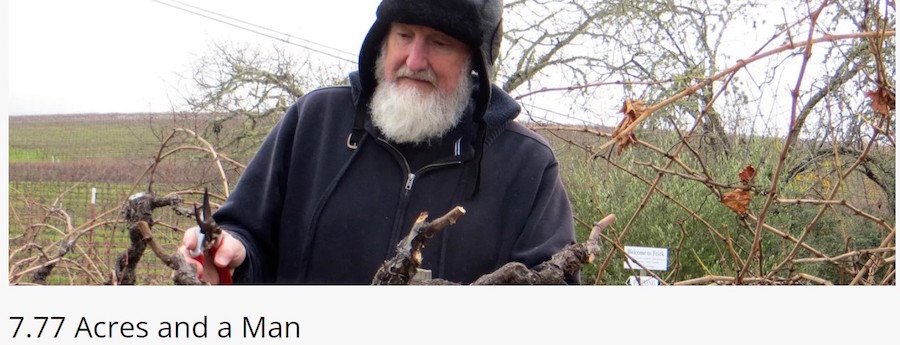Last week, I started exploring the issue of alcohol levels in Zinfandel, and received comments from Claire Silver, co-owner of Tobin James Cellars and Janell Dusi, winemaker and owner of J Dusi Wines.
In this week’s article, we hear from Karl Wicka, winemaker at Turley Wine Cellars’ Templeton location:
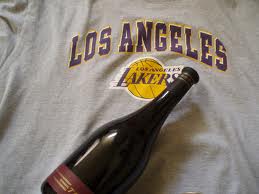 “Zinfandel as a variety has uneven levels of ripeness within the same cluster. In any given cluster, you can have berries that are ripe, slightly under ripe, and berries that are completely green. If you picked your crop at this point, the resulting wine would have off-putting green characteristics. Competent Zinfandel producers wait until the lagging green berries meet minimum maturity standards, at which time the berries that were initially ripe have begun to raisin. When crops at this maturity level are harvested, the resulting musts have an elevated sugar level leading to higher alcohol wine.
“Zinfandel as a variety has uneven levels of ripeness within the same cluster. In any given cluster, you can have berries that are ripe, slightly under ripe, and berries that are completely green. If you picked your crop at this point, the resulting wine would have off-putting green characteristics. Competent Zinfandel producers wait until the lagging green berries meet minimum maturity standards, at which time the berries that were initially ripe have begun to raisin. When crops at this maturity level are harvested, the resulting musts have an elevated sugar level leading to higher alcohol wine.
Local Zinfandel is grown on soil that has a calcareous parent material. In our experience, zinfandel vines grown in calcareous soils produce grapes with low pH and high titratable acidity. In order to allow the vines to balance the acid levels the grapes need more hang time resulting in higher sugar levels and thus higher alcohol levels.
Thus, alcohol matters, but balancing green flavors and acidity are more important.”
Now, things are getting complicated. Lots of factors go into this, including hang time, weather, and the soil itself. But, I didn’t want to limit my queries to Passo Robles, so I reached out to three top producers in Northern California (Carlisle Winery, Bedrock Wine Co. and Robert Biale Vineyards) for their input.
Robert Biale Vineyards (www.robertbialevineyards.com) has been growing Zinfandel since 1937. Before becoming a licensed winery, they sold Aldo’s homemade wine under the code name “black chicken”. Now they make some of the most highly prized Zins around, including their Black Chicken Zinfandel.
From Biale Winemaker Tres Goetting:
“Thank you for your inquiry regarding alcohol levels in Zinfandel wines. There is a lot of debate and discussion around this topic right now as winemakers seem to be coming back full circle to the “old School” style and approach to making California Zinfandels with lower alcohols.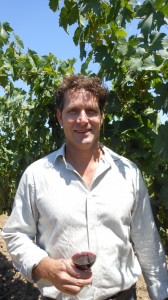
I think that there is always going to be some variability in the alcohol levels in certain wines from specific vineyards depending on the growing year and variations in weather. For me and for our wines at Robert Biale, I am calling the harvest pick dates of each vineyard based on ripeness of the berry skins and seeds, not by sugar level.
While certain vineyards struggle to ripen fully and have lower alcohol levels, especially if they have leaf roll or other virus issues, others have healthy vines and produce good, ripe bunches that reach naturally higher alcohol levels.
In some vintages, we see slow, long and cooler seasons which may produce less sugar at the same skin ripeness and some are compressed and either very low in alcohol or higher. So, there is this up and down trend depending on the year. You can look to your 2010 wines compared to your 2011 wines of the same vineyards as an example of this.
Most alcohols will be lower in the 2011 wines since we had a cool and wet growing season that year.
Ultimately, I am looking for overall balance in the wines. No matter what hand you are dealt, you need to be able to get out of the grapes what you need in order to create wines that are compelling, and graceful yet bold and ripe. Our style at Biale is to ferment the wines in a way that will extract enough fruit, acidity, tannin and structure to compliment the alcohol and incorporate it into the wine so that it will not have an alcohol heat to it.
It seems that we are on the same page with our opinions on alcohol levels.
It really doesn’t matter what the number is as long as the wine is “in balance” and shows the beautiful fruit characteristics of Zinfandel.”
Next week, we’ll hear from Carlisle Winery and Bedrock Wine Co.
Michael Perlis has been pursuing his passion for wine for more than 25 years. He has had the good fortune of having numerous mentors to show him the way, as well as a wonderful wife who encourages him and shares his interest. After a couple of decades of learning about wine, attending events, visiting wineries and vineyards, and tasting as much wine as he possibly could, he had the amazing luck to meet Eve Bushman. Now, as Contributing Editor for Eve’s Wine 101, he does his best to bring as much information as possible about wine to Eve’s Wine 101 faithful readers. (2013 Update: Eve and Michael announced Eve Wine 101 Consulting. Info is here: http://evewine101.com/press-releases/) Michael can be contacted at michaelthezinfan@aol.com.
